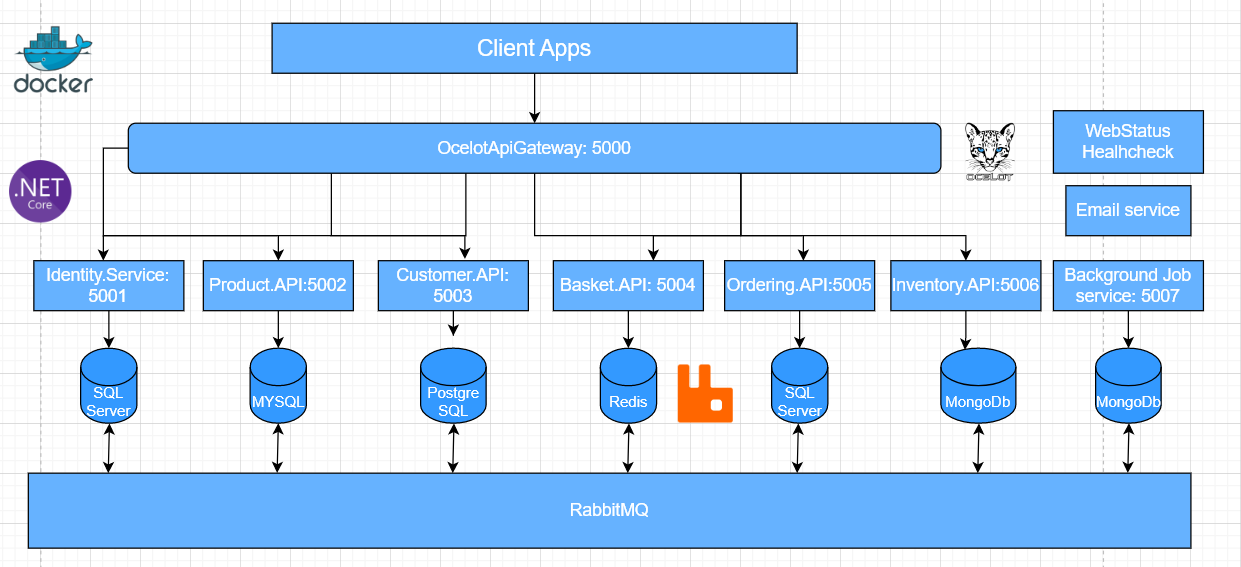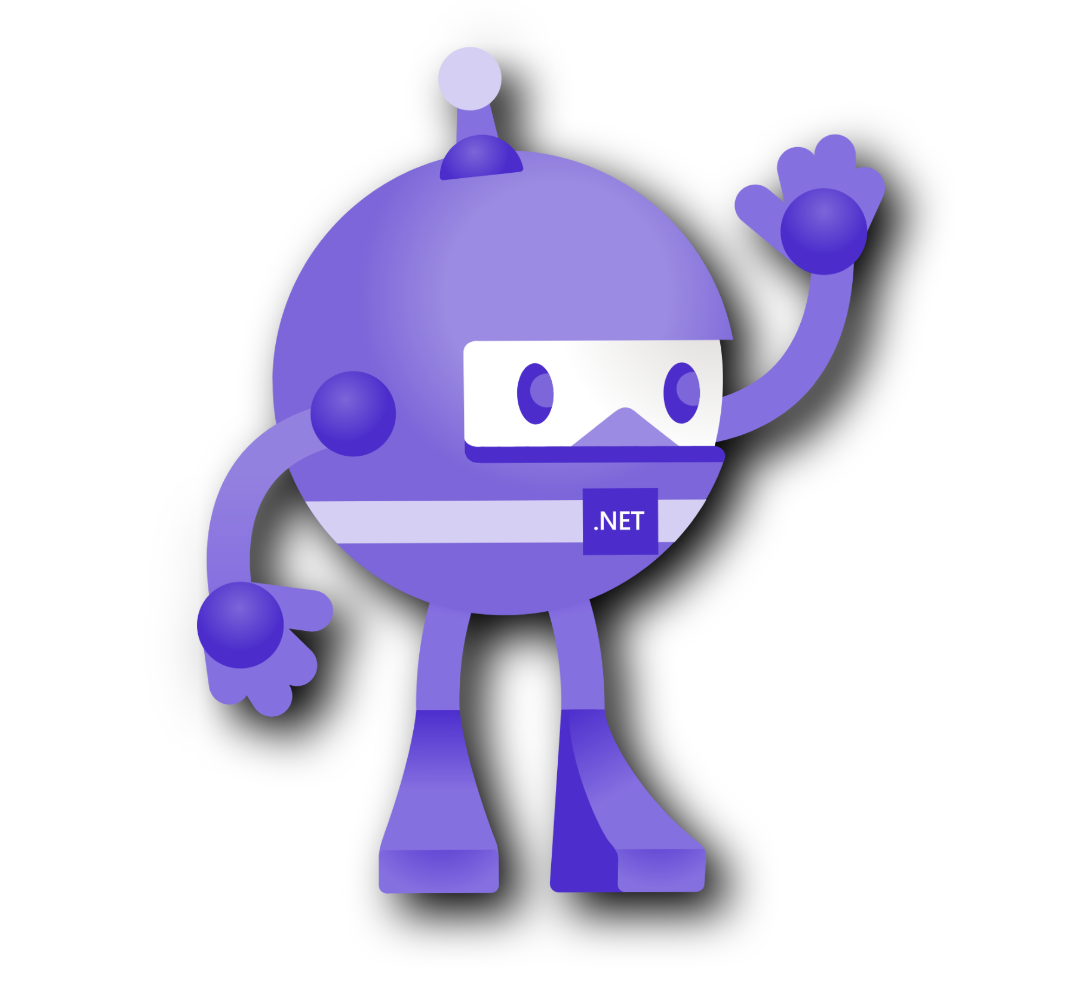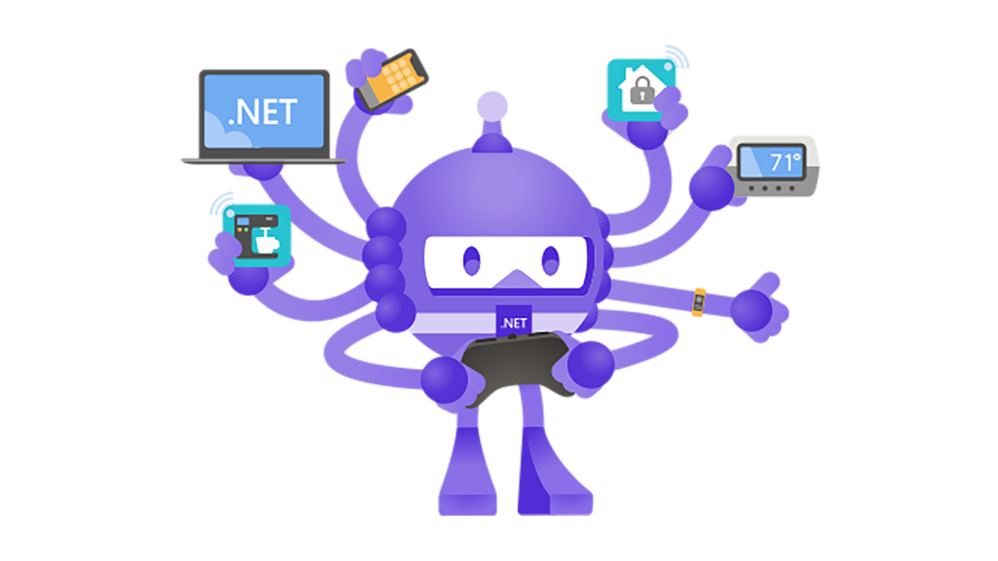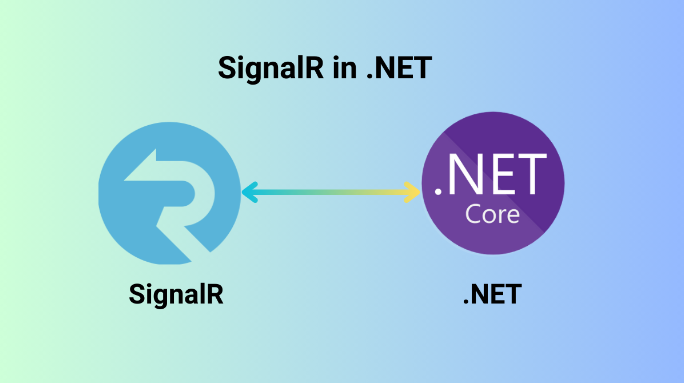.NET MAUI (Multi-platform App UI) is a new framework that enables developers to create powerful and modern applications for desktop, mobile, Web, and cloud platforms. A company can hire developers to build robust web application development with the framework.
The framework provides developers with a unified programming model, allowing them to apply their skills across multiple platforms. It is designed to be cross-platform and supports .NET 5 and Standard APIs, making it easy to create modern applications that run on Windows 10, iOS, Android, and Web Assembly. Here we look at what the framework can do for fronted and web developers.
What is .NET MAUI?
.NET MAUI (Multi-platform App UI) is a cross-platform framework for building native desktop and mobile applications that can run on various operating systems, including Windows, macOS, iOS, and Android. It is an evolution of Xamarin. Forms framework, which allows developers to create native applications for multiple platforms using a single codebase.
The framework provides a set of controls and layouts that allow developers to create user interfaces for their applications. It also supports MVVM (Model-View-ViewModel) architecture and data binding, which enables developers to separate the UI logic from the business logic of the application.
One of the key features of this framework is its ability to create native user interfaces for each platform, which provides better performance and a more seamless user experience. It also allows developers to access platform-specific features and APIs, such as camera, microphone, and location services.
Finally, the framework is an open-source project, and it is built on top of the .NET 6 platform, which includes various performance improvements and new features. It is designed to be easy to learn and use, and it provides a rich set of documentation and community support.
What features does .NET MAUI provide?
It offers developers a wide range of tools and features, including:
- Modern .NET Core 3.1 framework with access to rich APIs
- Support for Razor Pages, Blazor, and MVC 6
- Flexible deployment options for applications
- Ability to create apps for multiple platforms with a unified development experience
- Comprehensive mobile development tools to create native apps quickly and easily
- Native UI controls that can be used to build great user experiences.
Benefits to Frontend and Web Developers
The framework provides several benefits to frontend and web developers, including:
- Cross-platform development: Developers can create mobile and desktop applications that can run on multiple platforms, including iOS, Android, Windows, and macOS, using a single codebase. This saves time and effort in developing and maintaining multiple versions of the same application.
- Native user interface: The framework enables developers to create native user interfaces for each platform, providing a more seamless and responsive experience for the end users. This also allows access to platform-specific features and APIs, which can enhance the functionality of the application.
- Familiar development environment: The framework is built on top of the framework, which is a familiar platform for many front-end and web developers. This means that developers can leverage their existing skills and knowledge to develop cross-platform applications, without having to learn a new programming language or toolset.
- Rich ecosystem: The framework is an open-source project with a large community of developers contributing to its development. This means that developers can access a rich ecosystem of tools, libraries, and resources to help them build better applications.
- MVVM architecture: It supports the Model-View-ViewModel (MVVM) architecture, a popular design pattern for building scalable and maintainable applications. This allows developers to separate the UI logic from the business logic, making the codebase more manageable and easier to maintain over time.
How does it work?
As mentioned above, it provides a unified programming model that can be used to build applications across multiple platforms. The platform also includes .NET 5 and .NET Standard APIs and UI frameworks, allowing developers to create modern applications with a modern .NET development experience. It also supports .NET libraries, giving .NET development companies access to the latest .NET technologies and tools.
By using the framework, software development companies can hire developers and quickly build powerful web applications for multiple platforms. It makes it easy to create modern apps that are fast, reliable, and secure. Besides, it is the perfect platform for companies to hire .NET developers with development experience and quickly build powerful web applications.
What can you do with .NET MAUI?
As mentioned above, .NET Multi-platform App UI (MAUI) is a cross-platform UI framework for building native applications on Windows, macOS, iOS, and Android using .NET and C#. Here are some of the things you can do with it:
- Build cross-platform native applications: With the framework, you can build native applications that can run on Windows, macOS, iOS, and Android using a single codebase.
- Develop apps with a consistent user interface: The framework provides a set of UI controls and components that are designed to work across platforms, making it easier to create apps with a consistent user interface and experience.
- Create responsive apps: You can use the framework to create responsive apps that can adapt to different screen sizes and orientations.
- Leverage platform-specific functionality: It allows you to access platform-specific functionality using a common API, making it easier to create apps that take advantage of the unique capabilities of each platform.
- Use XAML to define your UI: It allows you to use XAML to define your app’s user interface, making it easier to create complex layouts and UI interactions.
- Work with .NET libraries and tools: The framework is built on top of the ecosystem, which means that you can use the libraries and tools to build your app.
- Debug and test your apps: It provides debugging and testing tools that allow you to identify and fix issues in your app.
.NET MAUI supports Web
It can be used to create websites, web APIs, and web applications. It also enables developers to develop the latest technologies such as HTML5, CSS3, JavaScript, and WebAssembly. The framework also includes support for popular open-source libraries like React, Angular, and .NET Core. It can also integrate with popular cloud-native technologies such as Azure Services.
Ready for Production
.NET MAUI is ready for production and is supported by Microsoft. It provides modern development tools, and support for Windows, macOS, Linux, iOS, and Android. The framework offers cross-platform tooling that makes it easier to develop apps on multiple platforms with minimal effort.
Is NET MAUI better than Flutter?
NET MAUI and Flutter are both popular web application development frameworks, but it has several advantages over Flutter. The framework offers a single codebase that can be used to create apps for multiple platforms, including Windows, macOS, Linux, iOS, and Android. This makes it easier for developers to maintain and update their code.
It also offers more powerful tools for tech experts, such as .Net Core, .Net 5, and .Net 6. It is also much easier to integrate it with other technologies, making it an ideal choice for developers who are creating complex applications. As a result, the framework can be an excellent choice for IT experts who are looking to create high-quality applications.
MAUI builds Web Apps
.NET MAUI allows software developers to build Web applications quickly and easily. It supports the .Net Core 3.1 framework, which provides access to a rich set of APIs for web development as well as modern toolsets such as Razor Pages, Blazor, and MVC 6. Developers can use frameworks to create Web applications that are fast, secure, and reliable.
Final Thoughts
In conclusion, .NET MAUI is a powerful platform that makes it easy for developers and software development companies to create modern applications. It supports .NET 5 and .NET Standard APIs, making it simple for developers to apply their .NET skills across multiple platforms. Additionally, the framework includes UI frameworks such as Xamarin. Forms and Uno Platform, allowing developers to quickly create beautiful and intuitive user interfaces.









